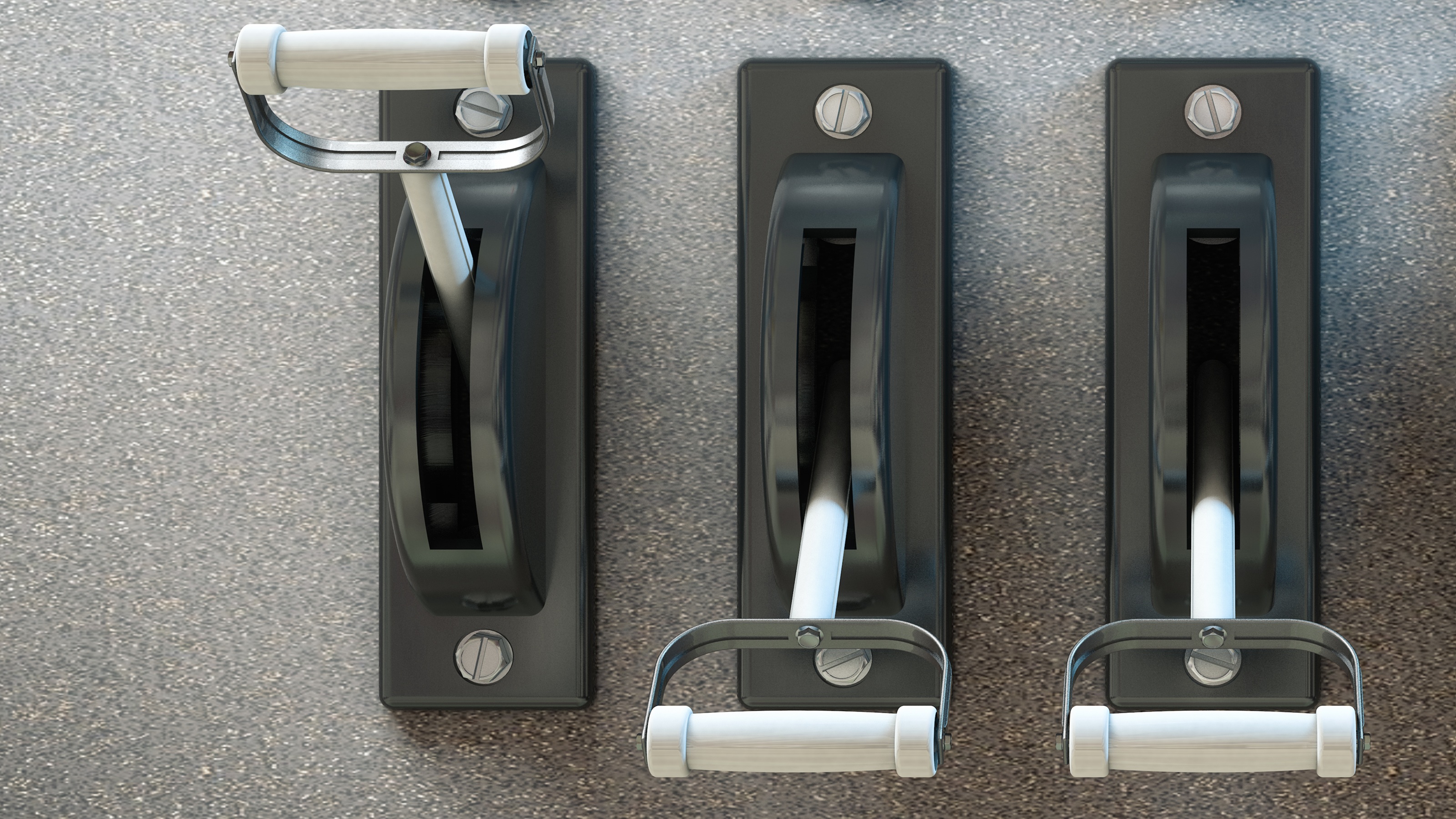‘Boot’ in a 1031 Exchange: What It Is and How to Minimize Tax Implications
The part of a 1031 exchange that doesn’t meet tax-free criteria could trigger a hefty tax bill, but there are ways to manage unwanted boot.


In the context of a 1031 exchange, “boot” refers to the portion of a transaction that doesn’t meet the tax-free criteria and thus becomes subject to immediate capital gains tax. Forms of boot might include cash proceeds, mortgage reduction and non-transaction costs. Although boot won’t disqualify a 1031 exchange, understanding its implications is crucial for optimizing tax benefits and preventing unnecessary liabilities.
Types of boot in 1031 exchanges
Cash boot occurs when an investor doesn’t reinvest all the proceeds from the sale of their relinquished property into a replacement property. For instance, if an investor sells a property for $450,000 and reinvests only $400,000 into a replacement property, the remaining $50,000 is considered boot. This will trigger a taxable event on the $50,000 of boot, undermining the primary purpose for most investors completing a 1031 exchange — to defer all of their capital gains tax.
Mortgage boot, or debt replacement boot, happens when the mortgage on the replacement property is less than that on the relinquished property. Let's say the mortgage on your relinquished property was $200,000, but when you acquire your replacement property through the 1031 exchange, the mortgage on it is only $100,000. In this scenario, you would have $100,000 in debt reduction boot. This means that even if you utilize 100% of your sales proceeds from the relinquished property to purchase the replacement property, the difference in the mortgage amounts creates a taxable boot of $100,000.
From just $107.88 $24.99 for Kiplinger Personal Finance
Be a smarter, better informed investor.

Sign up for Kiplinger’s Free Newsletters
Profit and prosper with the best of expert advice on investing, taxes, retirement, personal finance and more - straight to your e-mail.
Profit and prosper with the best of expert advice - straight to your e-mail.
Additionally, non-exchange expenses like certain closing costs paid from exchange funds can inadvertently create boot, leading to tax liabilities. Boot can also come in the form of non-qualified property, meaning any that is not considered like-kind under Section 1031 of the Internal Revenue Code. This might include stocks, bonds, partnership interests, property intended for personal use and more.
How to avoid or mitigate unwanted boot
Some investors would prefer to use some of the proceeds from a sale for a life event, knowing full well they will pay taxes on the boot. But due to the potential tax issues involved, it’s important for investors to understand how to strategically avoid or mitigate unwanted boot within their transactions. Here are some key considerations:
- Reinvesting all proceeds. To avoid cash boot, the simplest approach is to reinvest all the proceeds from the property sale into the replacement property.
- Ensuring replacement property value. Purchasing a replacement property (or properties) of equal or greater value than the relinquished property is necessary to prevent boot.
- Considering mortgage balances. Be mindful of the mortgage on the replacement property. The replacement property should have an equal or greater value than the relinquished property.
- Engaging a qualified intermediary (QI). Work with a skilled and experienced QI to ensure proper adherence to all the 1031 exchange rules and procedures, preventing potential pitfalls.
- Paying non-closing costs with outside funds. These expenses, such as tenant deposits or rent prorations, should ideally be paid with funds that aren’t part of the exchange.
- Separating personal property. Check the contract to verify whether any personal property is included in the purchase price. If so, it may be prudent to consider it as a separate transaction.
The tax implications of boot can be complex, as it is considered ordinary income and taxed at the federal level. State-level taxes are possible as well, based on an investor’s location. The rate is dictated by the investor’s income tax bracket. For example, someone in the highest tax bracket (37%) who receives $50,000 in cash boot could face a tax liability of $18,500 — which would then be combined with the investor’s other income sources and expenses when calculating their overall tax bill.
DST investment option
In situations where boot seems unavoidable when exchanging real property, investing the boot into a Delaware Statutory Trust (DST) could be an effective strategy. A DST is a real estate structure that allows multiple investors to hold fractional ownership of a property. DSTs offer an avenue to reinvest the excess cash or boot from a 1031 exchange, thereby providing potential income and ensuring that all taxes are deferred.
This investment vehicle also provides a solution for those who want to invest in high-value properties but can’t afford or don’t want to manage them independently — because it enables investors to purchase higher-quality, institutional-grade properties. Some investors like to identify a DST as a potential backup plan, avoiding the closing risk associated with the other potential properties.
Additionally, DSTs generally have minimums as low as $25,000 to $100,000, providing an option for investors to invest down to the exact dollar amount, fulfilling their equal or greater requirements for a fully tax-deferred exchange.
Platforms like 1031 Crowdfunding offer an extensive array of 1031 exchange DST opportunities, providing real estate investors with tools to maximize the exchange benefits and mitigate tax implications. Since DSTs carry their own requirements and restrictions, it’s important to consult with experienced professionals about the potential risks and benefits involved.
Ultimately, boot is an intricate topic that can significantly impact the tax benefits of a 1031 exchange, so knowing how to navigate it is vital. With strategic planning and a keen understanding of the tax landscape, investors can utilize 1031 exchanges to their full potential while minimizing or even eliminating the impact of boot.
Profit and prosper with the best of Kiplinger's advice on investing, taxes, retirement, personal finance and much more. Delivered daily. Enter your email in the box and click Sign Me Up.

Edward Fernandez is President and Chief Executive Officer of 1031 Crowdfunding. With three-year revenue growth of 482%, 1031 Crowdfunding received ranking No. 1348 among America’s Fastest-Growing Private Companies on the Inc. 5000 list. Mr. Fernandez holds FINRA Series 6, 7, 24, and 63 licenses and is a Forbes Business Council Member. He has over 20 years of inside and outside sales experience and is personally involved in raising over $800 million of equity from individual and institutional investors through private and public real estate offerings. He is highly skilled in the simplification of highly complex real estate strategies and sophisticated investments and is regularly featured on Forbes, Inc., and the TD Ameritrade Network.
-
 Four Spa Retreats for Well-Heeled Retirees
Four Spa Retreats for Well-Heeled RetireesWe hand-picked these U.S. spa retreats for their serenity, amenities and dedication to the comfort of older travelers. All are located in the Continental U.S.
-
 Four Military Benefits That Have Helped My Family
Four Military Benefits That Have Helped My FamilyMilitary life can be challenging for servicemembers and their families, but they're offered some significant financial benefits to help cushion the blow.
-
 Why More Americans Are Redefining Retirement, Just Like I Did
Why More Americans Are Redefining Retirement, Just Like I DidRetirement readiness requires more than just money. You have a lot of decisions to make about what kind of life you want to live and how to make it happen.
-
 A Compelling Case for Why Property Investing Reigns Supreme, From a Real Estate Investing Pro
A Compelling Case for Why Property Investing Reigns Supreme, From a Real Estate Investing ProInvestment data show real estate's superior risk-adjusted returns and unprecedented tax advantages through strategies like 1031 exchanges and opportunity zones.
-
 Are You Retired? Here's How to Drop the Guilt and Spend Your Nest Egg
Are You Retired? Here's How to Drop the Guilt and Spend Your Nest EggTransitioning from a lifetime of diligent saving to enjoying your wealth in retirement tends to be riddled with guilt, but it doesn't have to be that way.
-
 Government Shutdown Freezes National Flood Insurance Program: What Homeowners and Buyers Need to Know
Government Shutdown Freezes National Flood Insurance Program: What Homeowners and Buyers Need to KnowFEMA's National Flood Insurance Program is unavailable for new customers, increased coverage or renewals during the government shutdown.
-
 Separating the Pros From the Pretenders: This Is How to Tell if You Have a Great Adviser
Separating the Pros From the Pretenders: This Is How to Tell if You Have a Great AdviserDo you leave meetings with your financial adviser feeling as though you've been bulldozed into decisions or you're unsure of what you're paying for?
-
 Five Downsides of Dividend Investing for Retirees, From a Financial Planner
Five Downsides of Dividend Investing for Retirees, From a Financial PlannerCan you rely on dividend-paying stocks for retirement income? You'd have to be extremely wealthy — and even then, the downsides could be considerable.
-
 I'm a CPA: Control These Three Levers to Keep Your Retirement on Track
I'm a CPA: Control These Three Levers to Keep Your Retirement on TrackThink of investing in terms of time, savings and risk. By carefully monitoring all three, you'll keep your retirement plans heading in the right direction.
-
 Debunking Three Myths About Defined Outcome ETFs (aka Buffered ETFs)
Debunking Three Myths About Defined Outcome ETFs (aka Buffered ETFs)Defined outcome ETFs offer a middle ground between traditional equity and fixed-income investments, helping provide downside protection and upside participation.